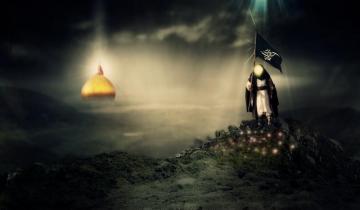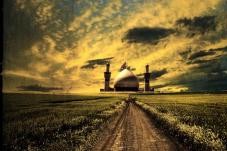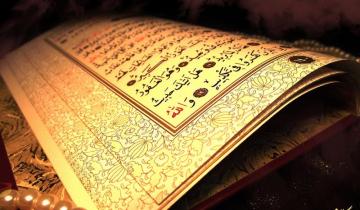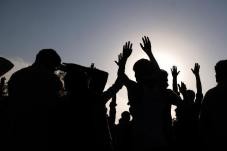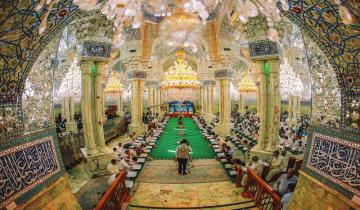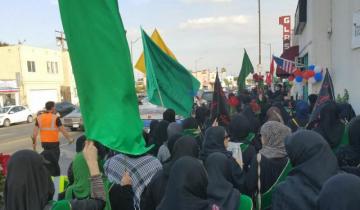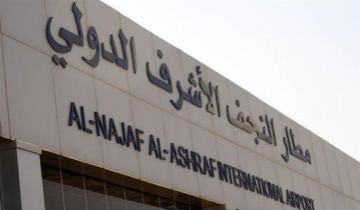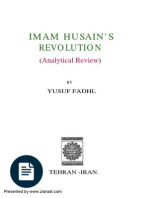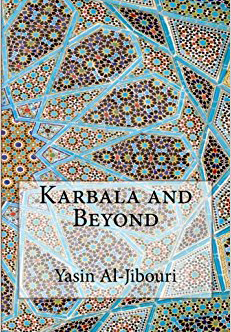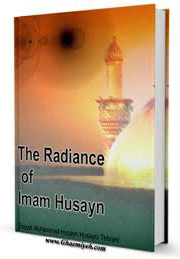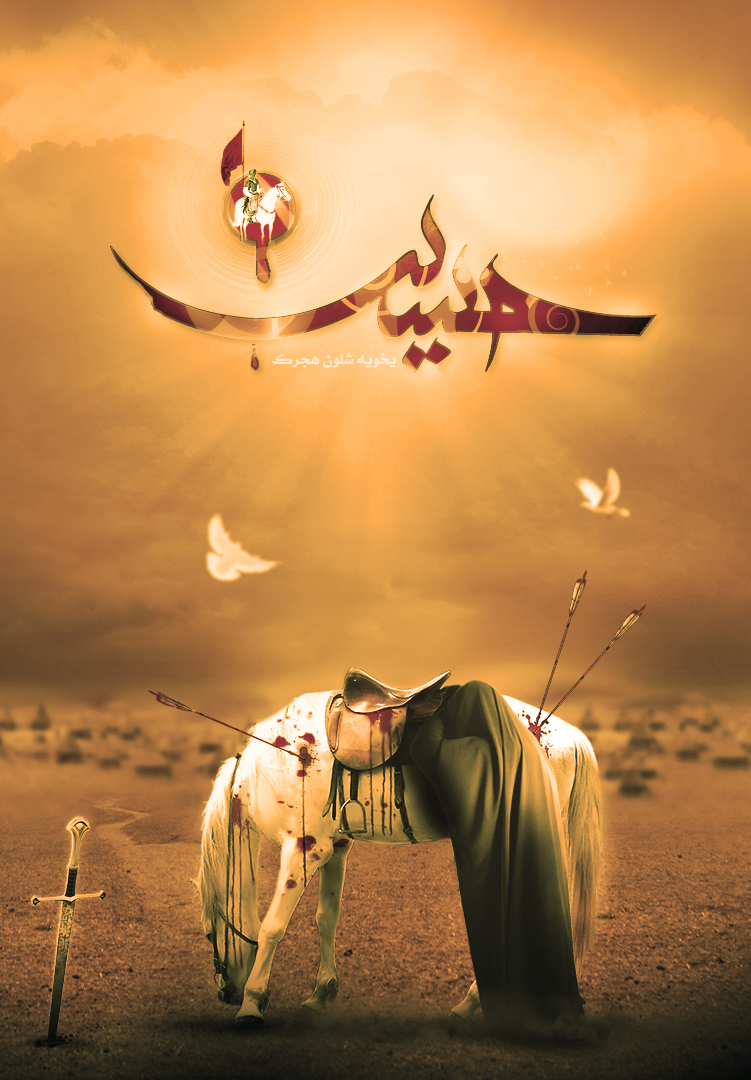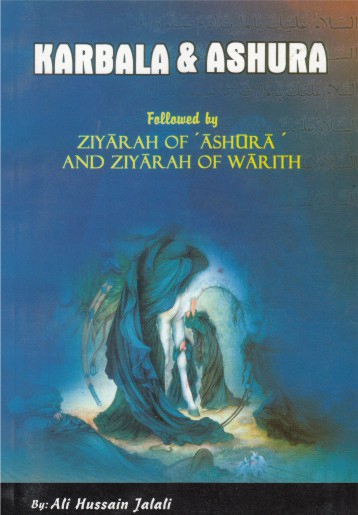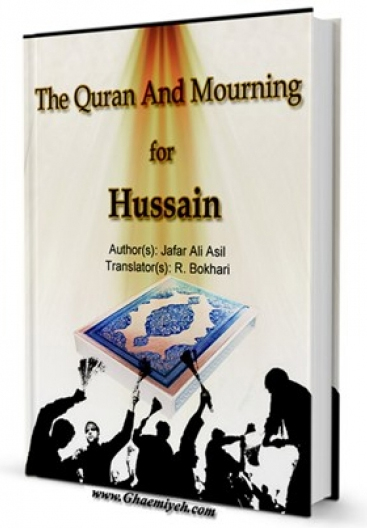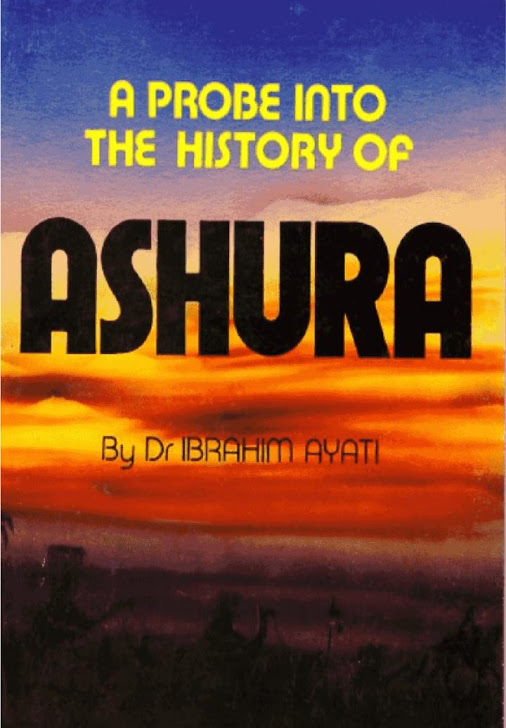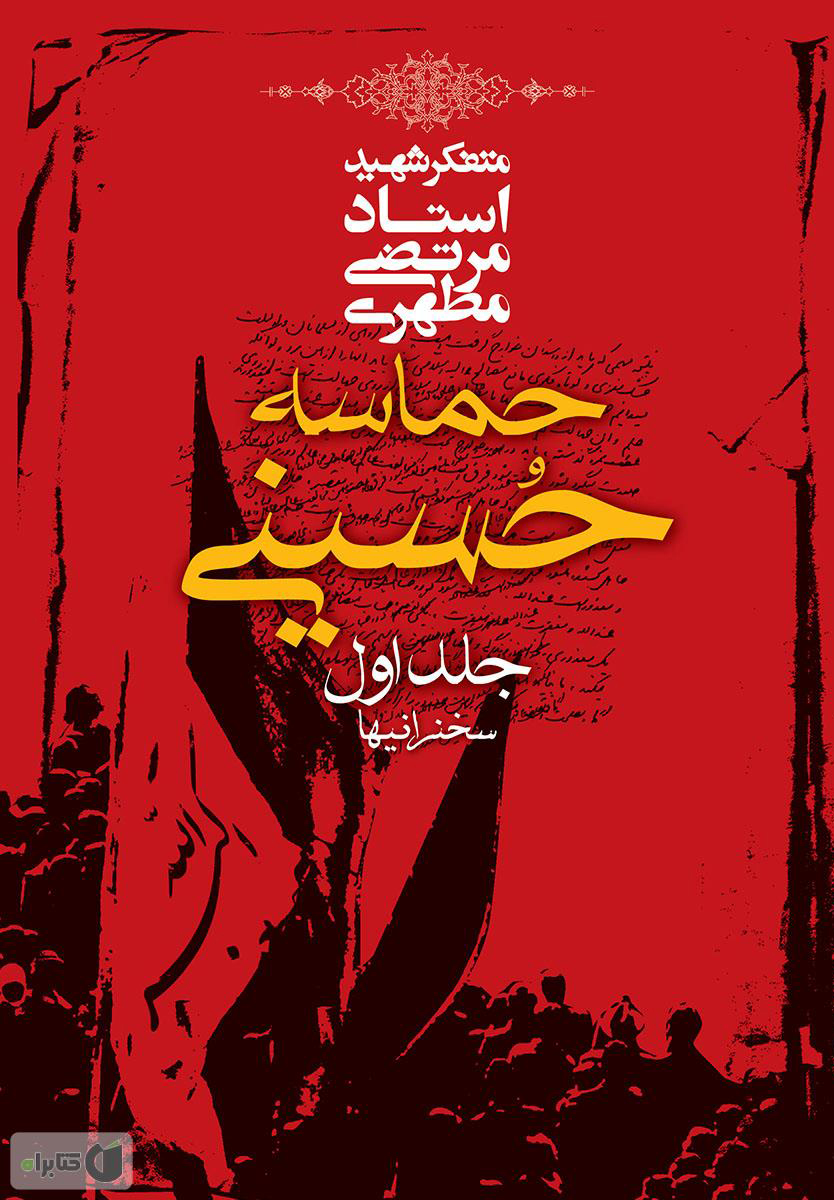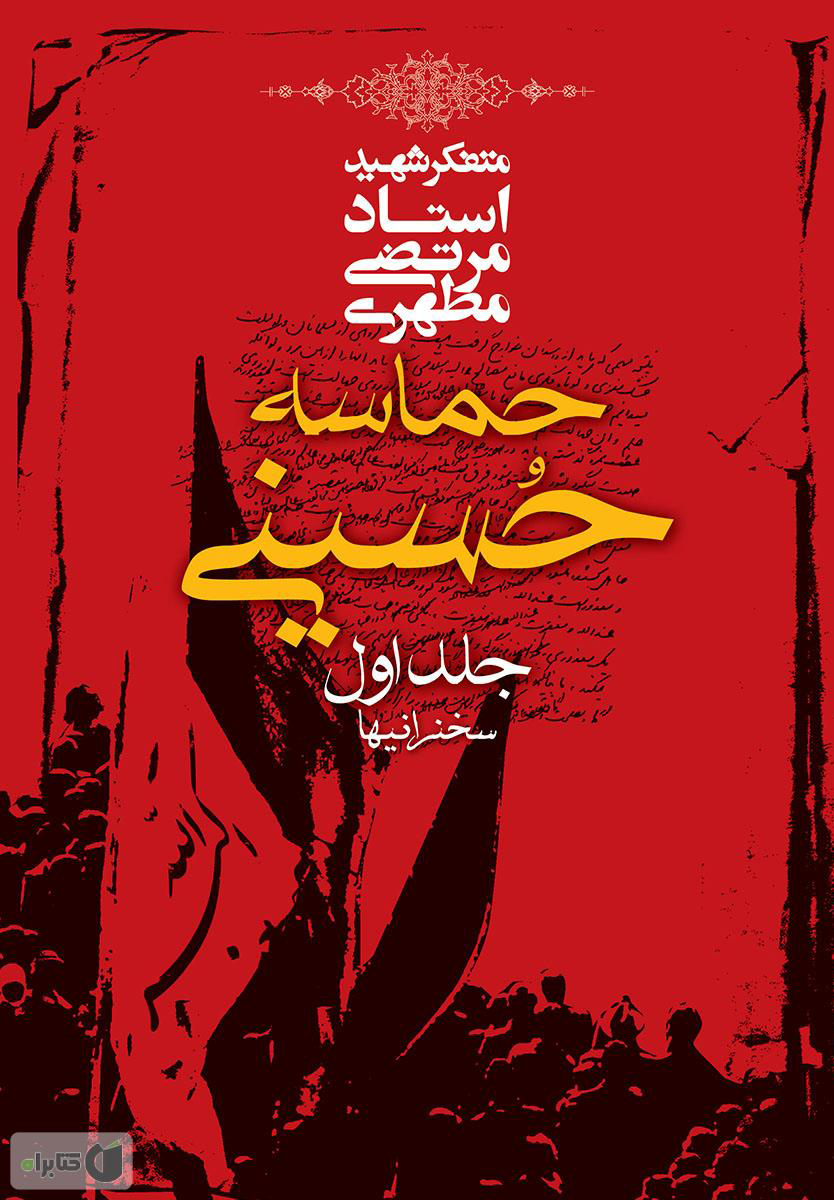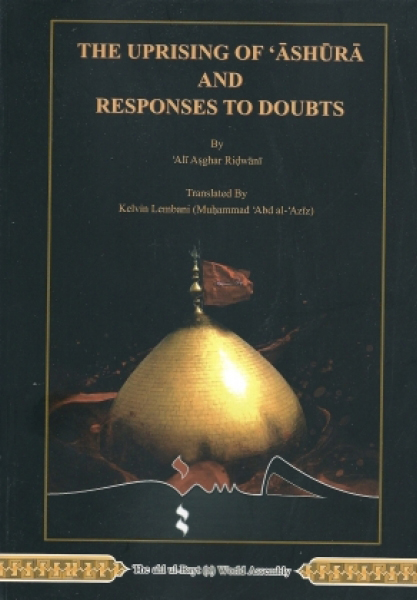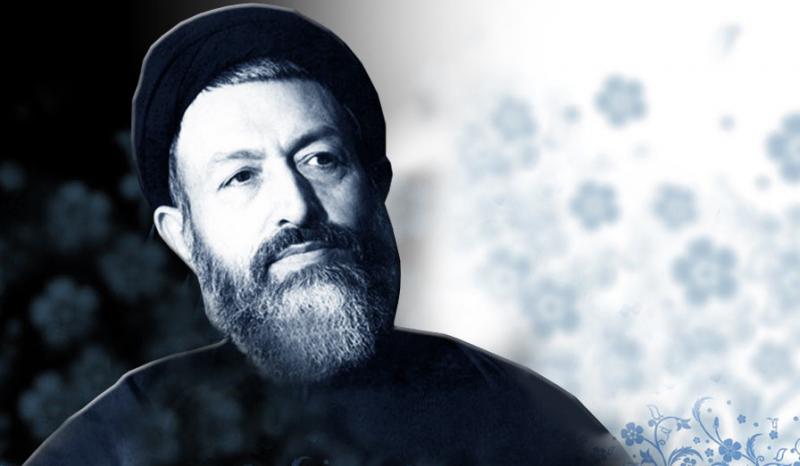
Ayatollah Seyyed Mohammad Hosseini Beheshti was an Iranian jurist, philosopher, cleric and politician who was known as the second person in the political system of Iran after the revolution. Dr. Beheshti is considered to have been the primary architect of Iran's post-revolution constitution, as well as the administrative structure of the Islamic Republic. As a Shiite religious scholar of some note, he was addressed with the honorific ayatollah.
Ayatollah Sayyid Muhammad Hosseini Beheshti was born in October 24th, 1928 in a district called Lomban in Isfahan (Chaharsouq district). He was born in a family whose members were familiar with Islamic values. His father was one of Isfahan's clergies and prayer-leader of Lomban mosque who went to the village once a week in order to preach and solve the problems of people and establish the community prayers.
With four years of age he entered traditional elementary school. He was so genius that he learned how to recite Quran and how to read and write in a very short time. After a while, having passed the entrance exam, he entered the primary school at the sixth grade but since he was not old enough to take part in that grade he was registered in fourth grade. Nevertheless he took part in the final exams and was granted the second best student title. Wishing to complete his studies, he entered the high school.
In 1942 he gave it up, since he was interested in the theological matters he entered the theological center. Although his home was in Isfahan for saving time, being independent while thinking and studying, since 1945 he rented a room at Sadr school of Isfahan and he lived there.
During 1942- 1946 he could study the Arabic literature, logic, Fiqh (Jurisprudence), divine law & fundamentals and stole the attention of his professors.
In 1946 when he was 18 years old, he left for Qom to continue his studies and in 6 month-time he studied the rest of subjects namely: Sath, Kefayeh and Makasib. In the same year, Allameh Tabatabai came to Qom and his classes and sessions attracted the active students like Beheshti who later on took part in his classes.
In 1947 Beheshti with Murtaza Motahhari, and some of his friends prepared a schedule according to which they had to go to the most remote villages to preach Islamic values, by means of a little amount of expense which Ayatollah Boroujerdi gave to them to guide the villagers and inform each other about their ideas concerning planning for future activities.
In 1948 he continued the normal high school education and he could get his literal diploma in final exams of late comers. Then he entered the college of Theology (at that time rational sciences) and in 1951 he received his BA. During 1950-1951 he was in Tehran and at the end of mentioned year he returned to Qom again and this time he officially started his teaching at Hakim Nezami high school as an English teacher. During 1951-1956 he spent his life carrying out researches and philosophical matters.
In May 1952 he married one of his relatives whose result was 4 children - 2 sons and 2 daughters.
In 1956-1959 he was a student of Ph.D. of theological philosophy (and of course in 1947) he defended his thesis called ''The problems of Mabad ul Tabie in Quran'', under guidance of the Mortaza Motahhari.
In 1959 he founded an English class at ''Din and Danesh School'' for theological students and in the same year along with the thought of the leading figures like Motahhari, Taleqani etc, he held the monthly speech sessions in Tehran on which the programmed lectures were held with the large number of the students and intellectuals as an audience.
From 1960 the idea of organizing the theological center and arranging the syllabus of it for 17 years was in his mind whose result was foundation of ''Haqqani and Montazeriyeh'' schools. In 1962 he decided to establish the Islamic center of students and educators which was a measure for linking between the educated people in the past and present methods.
In 1963 Savak made him leave Qom. He came to Tehran and in programming on preparing the textbooks was closely cooperating with Shahid (martyr) Bahonar, in the same year he was also cooperating with campaigning groups and coalition bodies. Besides, he was participating in a 4-member council in the name of Divine law-political Council with help of Murtaza Motahhari, Mr. Anvari and Mr. Molaee.
In 1963 with the proposal of Ayatollah Haeri and Ayatollah Milani he left for Hamburg and began to manage and direct the mosque and formation of religious groups of the young and revealing Shah's (the last king) crimes. Between 1965 and 1970, he led the Islamic Center in Hamburg where he was responsible for the spiritual leadership of religious Iranian students in Germany and Western Europe.
Since the early 1960s, he was involved in activities against the monarchy and was arrested several times by the Shah's secret police, the SAVAK.
At this time he traveled to Saudi Arabia ( in Haj. time ) Syria, Lebanon , Turkey to visit Imam Mousa Sadr and in 1969 he traveled to Iraq to visit Imam Khomeini.
In 1970 he returned to Iran and it was impossible for him to return to Germany. He started to teach in session for interpreting Quran and examined the textbooks and this process continued till 1976. In 1975 he was arrested by Savak and after a time he was released.
In 1978 he was arrested again for a couple of days. After which he went to Imam Khomeini in Paris. After his return he played an effective role regarding determining the policy of the Islamic revolution.
From December 1978 according to Imam Khomeini's command he formed the revolution's council and he was dealing with that till the victory of the revolution.
After the revolution as an intellectual person in the revolution's council he wanted to organize and arrange the affairs. Regarding this mentioned fact he founded the Islamic Republic Party. He took part in the election of Experts Assembly, and as a vice president of Majlis he dealt with managing the affairs, preparing and forming the Constitution. After resigning of the interim government in 1979 he was doing his duty as a minister of justice.
Then through the command of Imam he was chosen and appointed as the chairman of Supreme Court. He was busy with his duties till the evening of June 28,1981 after evening prayer and night prayer while giving lecture, he was martyred due to the explosion of a bomb planted by the members of MKO terrorist group, known as Monafeqin with 72 people from his colleagues. Through the tears and sighs and sorrows of millions of Iranian people he was buried in Behesht-e Zahra Tomb.
SOURCES:
1. https://en.wikipedia.org/wiki/Mohammad_Beheshti
3. https://www.britannica.com/biography/Mohammad-Hosayn-Beheshti
-
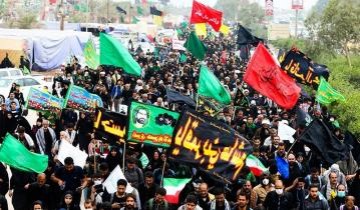 Arbaeen 2017: Pilgrims Flocking to Karbala for Arbaeen (PHOTOS)
Arbaeen 2017: Pilgrims Flocking to Karbala for Arbaeen (PHOTOS)
-
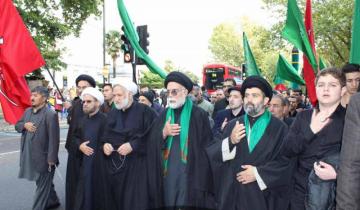 Ashura 2016: The annual Ashura day procession in London (PHOTOS)
Ashura 2016: The annual Ashura day procession in London (PHOTOS)
-
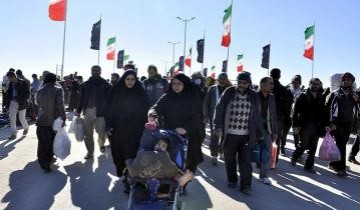 Arbaeen 2016: World Shiite Muslims Commemorate Arbaeen (PHOTOS)
Arbaeen 2016: World Shiite Muslims Commemorate Arbaeen (PHOTOS)
-
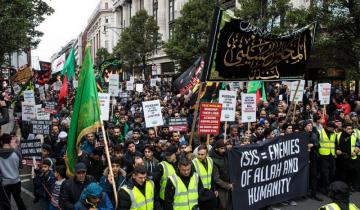 Ashura 2017: Thousands of Muslims march on Ashura day in London (PHOTOS)
Ashura 2017: Thousands of Muslims march on Ashura day in London (PHOTOS)
-
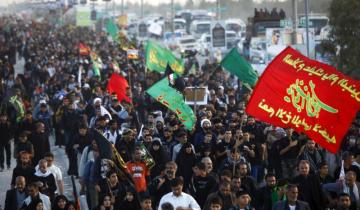 Arbaeen 2015: Millions of pilgrims throng Iraq's Karbala (PHOTOS)
Arbaeen 2015: Millions of pilgrims throng Iraq's Karbala (PHOTOS)
 Library
Library 






